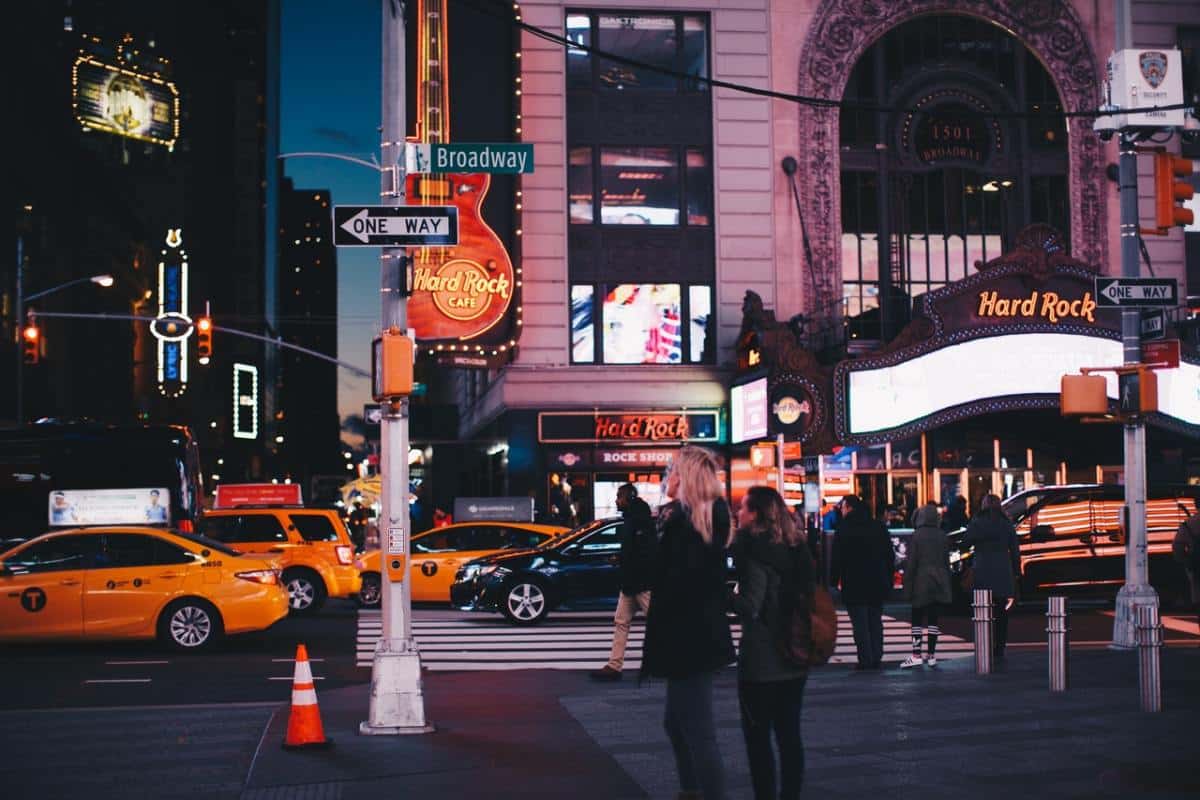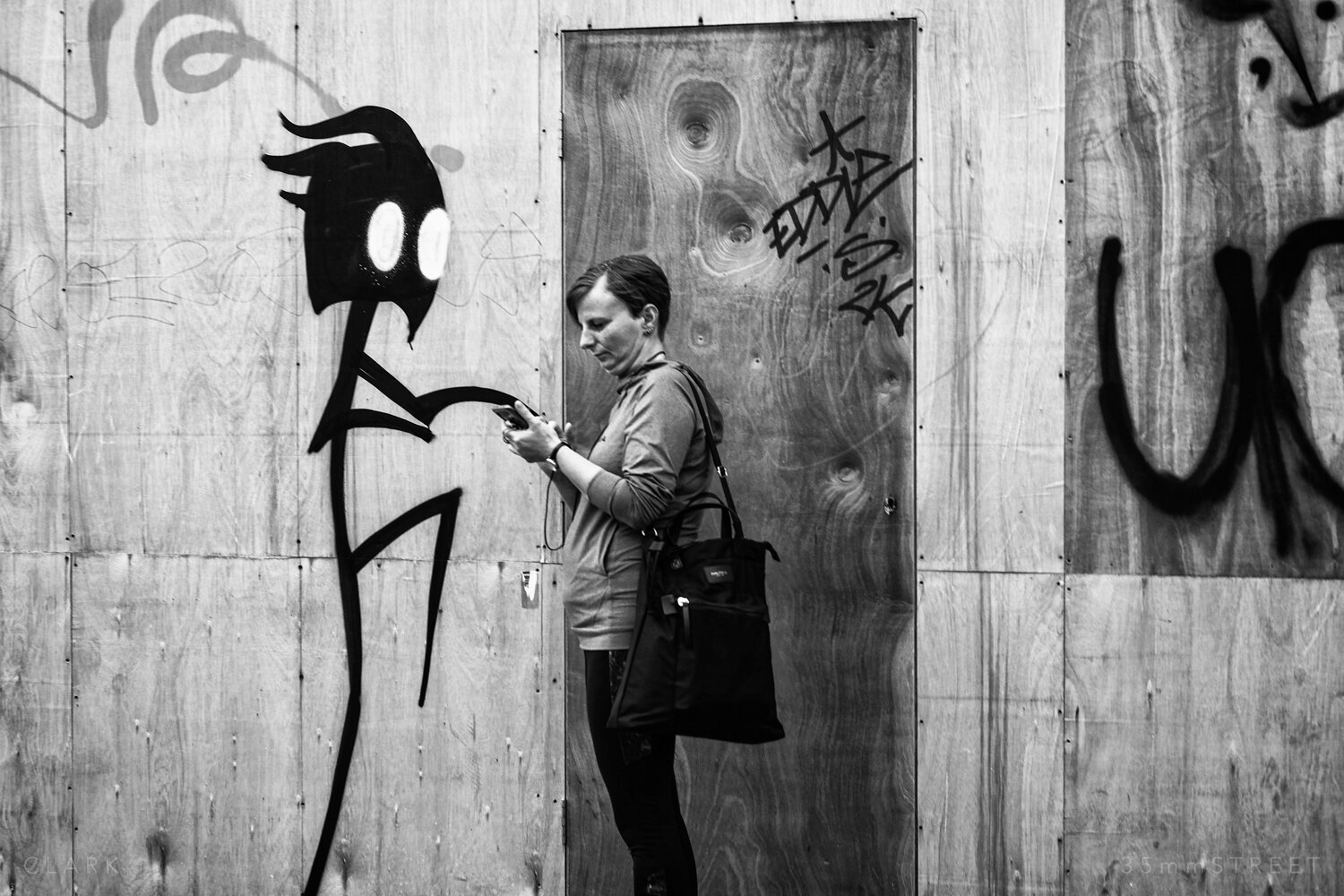All About Street Photographers
Wiki Article
Not known Details About Street Photographers
Table of ContentsThe Ultimate Guide To Street PhotographersStreet Photographers Can Be Fun For EveryoneLittle Known Questions About Street Photographers.Not known Factual Statements About Street Photographers Street Photographers Things To Know Before You Buy
Road digital photographers do not always have a social purpose in mind, however they favor to isolate and record minutes which could otherwise go undetected.Though he was affected by a lot of those that influenced the street professional photographers of the 1950s and '60s, he was not primarily interested in capturing the spirit of the street. The impulse to aesthetically record individuals in public began with 19th-century painters such as Edgar Degas, douard Manet, and Henri de Toulouse-Lautrec, who functioned side by side with professional photographers trying to record the essence of city life.

Offered the fine high quality of his photographs and the breadth of material, architects and artists frequently purchased Atget's prints to use as referral for their own work, though business passions were rarely his major motivation. Instead, he was driven to photograph every last residue of the Paris he liked.
The 25-Second Trick For Street Photographers
They expose the city through his eyes. His job and essential understanding of photography as an art form functioned as motivation to generations of professional photographers that complied with. The next generation of road photographers, though they likely did not describe themselves thus, was introduced by the photojournalism of Hungarian-born photographer Andr Kertsz.Unlike his peers, Brassa made use of a larger-format Voigtlnder electronic camera with a longer direct exposure time, requiring him to be much more calculated and thoughtful in his method than he could have been if making use of a Leica. (It is thought that he might not have had the ability to manage a Leica during that time, but he did, however, make use of one in the late 1950s to take colour this link photos.) Brassa's photographs of the Paris underworld brightened by fabricated light were a discovery, and the collection of the series that he released, (1933 ), was a major success.
Cartier-Bresson was a champion of the Leica electronic camera and among the very first digital photographers to optimize its capabilities. The Leica enabled the professional photographer to engage with the surroundings and to record moments as they occurred - Street Photographers. Its reasonably little dimension also assisted the digital photographer fade into the history, which was Cartier-Bresson's favored method
More About Street Photographers
It is due to this essential understanding of the art of image taking that he is typically attributed with uncovering the tool all over once again about a century since its invention. He took pictures for greater than a half century and affected generations of digital photographers to trust their eye and instinct in the minute.These are the questions I will attempt to address: And afterwards I'll leave you with my very own interpretation of road photography. Yes, we do. Let's start with defining what an interpretation is: According to it is: "The act here are the findings of specifying, or of making something guaranteed, unique, or clear".
No, most definitely not. The term is both restricting and deceiving. Appears like a street photography ought to be pictures of a roads right?! And all street photographers, other than for a little number of outright newbies, will completely value that a road is not the crucial part to street photography, and in fact if it's a photo of a street with possibly a few uninteresting individuals doing absolutely nothing of interest, that's not street photography that's a picture of a road.
He makes a valid factor don't you think? Nevertheless, while I agree with him I'm not exactly sure "candid public photography" will capture on (although I do type of like the term "candid photography") due to the fact that "street photography" has been around for a lengthy time, with many masters' names affixed to it, so I think the term is below to remain.
Some Of Street Photographers
You can shoot at the beach, at a festival, in an alley, in a park, in a piazza, in a cafe, at a museum or art gallery, in a city terminal, at an occasion, on a bridge, under a bridge ...
Yes, I'm afraid we worried no choice! Without rules we can not have a definition, website link and without an interpretation we do not have a style, and without a category we don't have anything to define what we do, and so we are stuck in a "guidelines meaning genre" loophole! - Street Photographers
Get This Report about Street Photographers

Report this wiki page